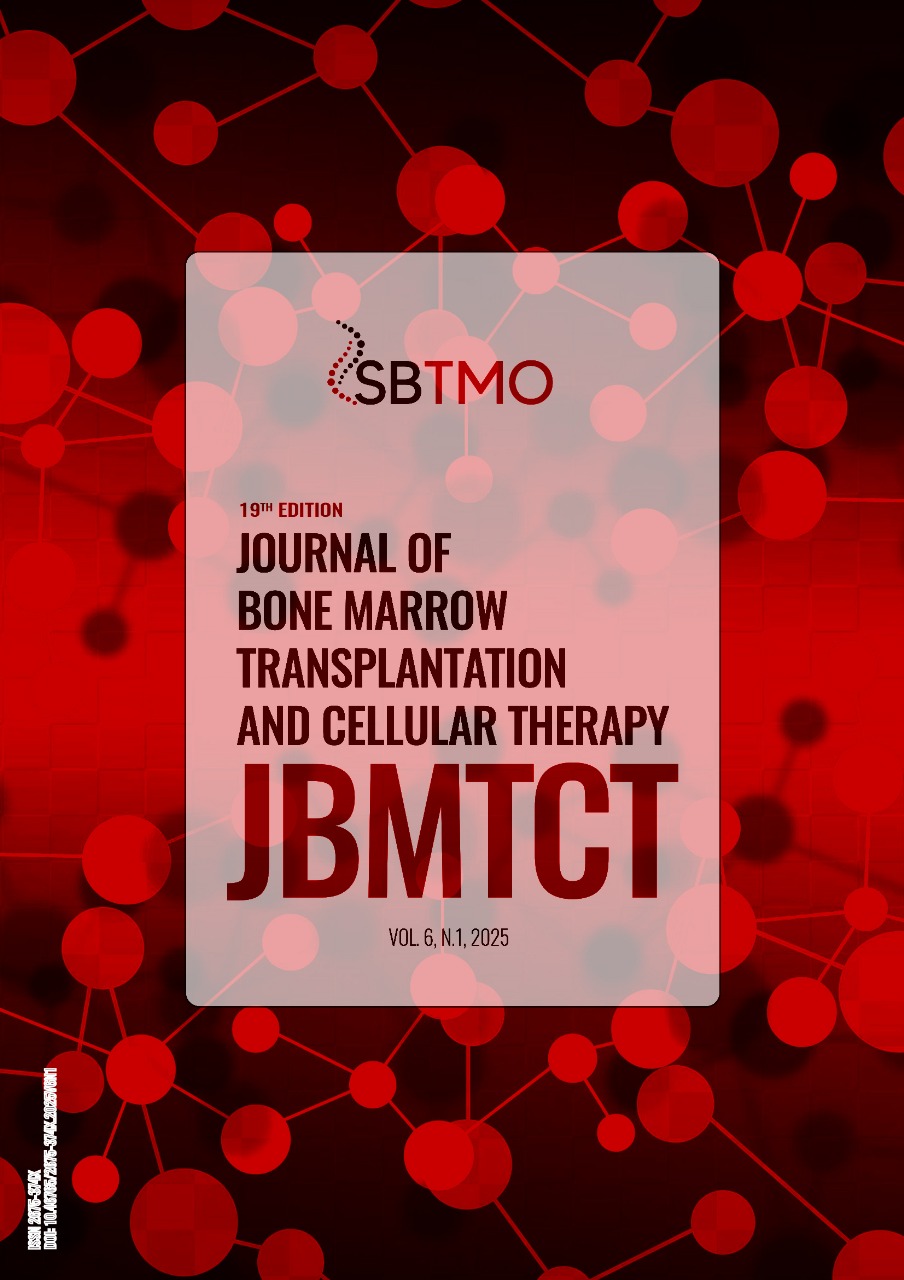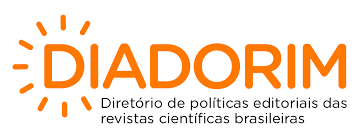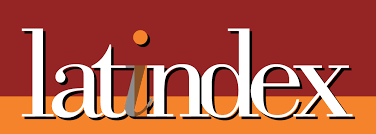Two cases of clump formation after thawing of hematopoietic progenitor cell products for transplantation
DOI:
https://doi.org/10.46765/2675-374X.2025v6n1e257Keywords:
Hematopoietic Progenitor Cells, Cryopreservation, Cell AggregationAbstract
While rare, clump formation has been described in the thawing of cryopreserved hematopoietic progenitor cell products intended for transplantation. When this occurs, it presents a significant challenge to the transplant team, potentially influencing the viability and safety of the product. Though the exact cause of clumping in thawed products remains unknown, studies have linked clump formation with the occurrence of adverse events. This report aimed to describe two cases of clump formation in thawed apheresis products observed in our processing laboratory, detailing the procedures followed and the outcomes achieved.
References
Cordoba R, Arrieta R, Kerguelen A, Hernandez-Navarro F. The occurrence of adverse events during the infusion of autologous peripheral blood stem cells is related to the number of granulocytes in the leukapheresis product. Bone Marrow Transplant. 2007;40(11):1063-7. https://doi.org/10.1038/sj.bmt.1705861
Siegenthaler MA, Vu DH, Ebnöther M, Ketterer N, Luthi F, Schmid P, Bargetzi M, Gasparini D, Tissot JD. ‘Agglutination and flocculation’ of stem cells collected by apheresis due to cryofibrinogen. Bone Marrow Transplant. 2004;33(7):765-7. https://doi.org/10.1038/sj.bmt.1704420
Mandanas RA, Kratochvil K, Garner T, Selby GB. Formation of fibrin clots in cryopreserved stem cell bags during thawing procedure: lack of impact on engraftment in autologous stem cell transplantation. Bone Marrow Transplant. 1999;23(3):303-4. https://doi.org/10.1038/sj.bmt.1701553
Reich-Slotky R, Patel N, Dael S, Semidei-Pomales M, Stephens H, Reich M, Schwartz J. Postthaw clotting of peripheral blood stem cell products due to insufficient anticoagulant. J Clin Apher. 2009;24(6):265-8. https://doi.org/10.1002/jca.20220
Downloads
Published
How to Cite
Issue
Section
License
Copyright (c) 2025 JOURNAL OF BONE MARROW TRANSPLANTATION AND CELLULAR THERAPY

This work is licensed under a Creative Commons Attribution 4.0 International License.









